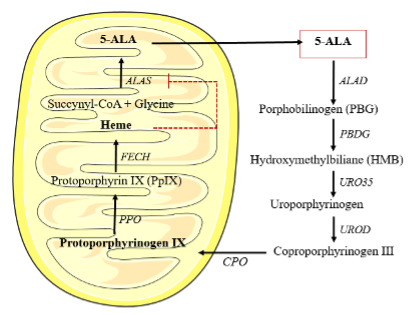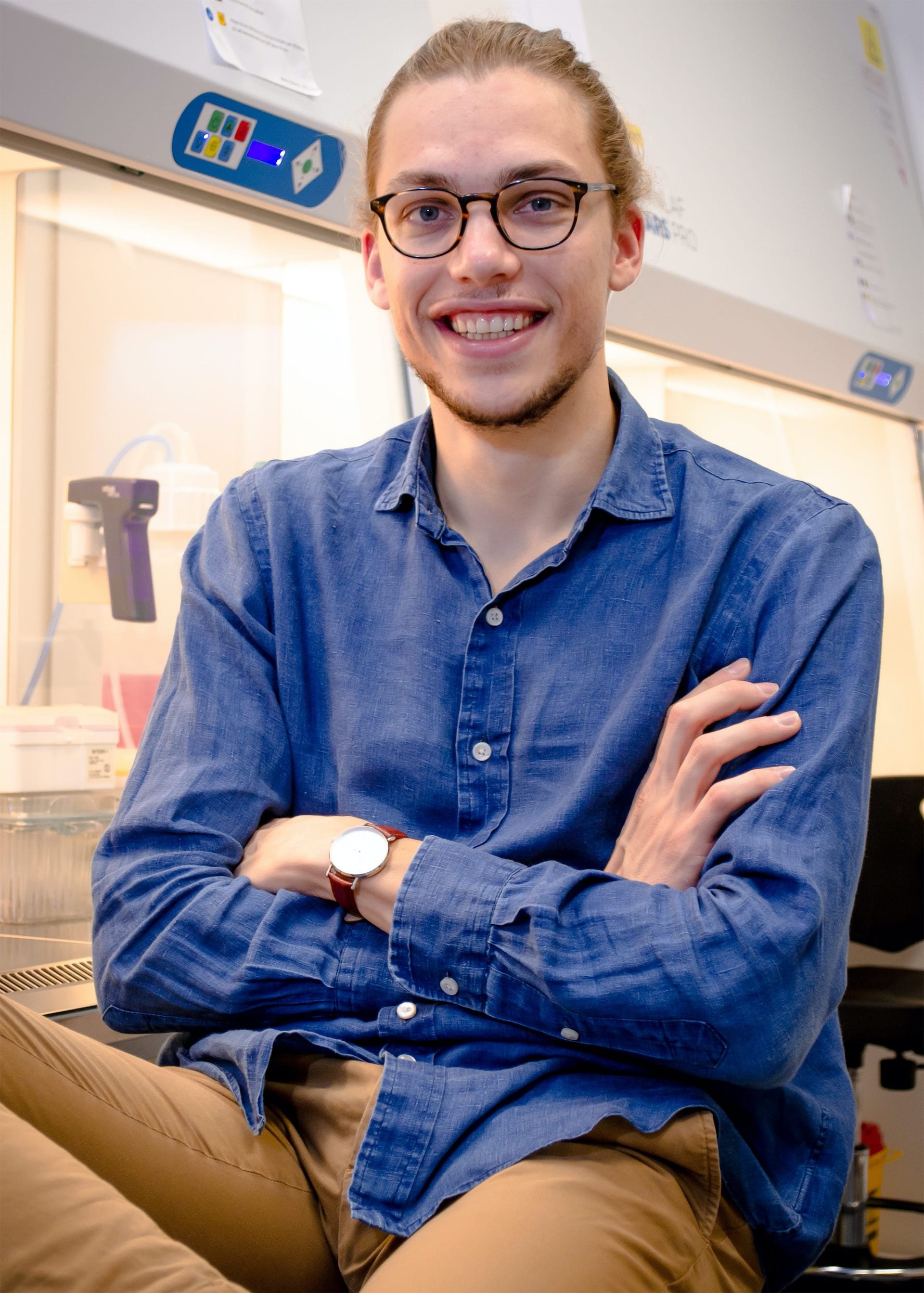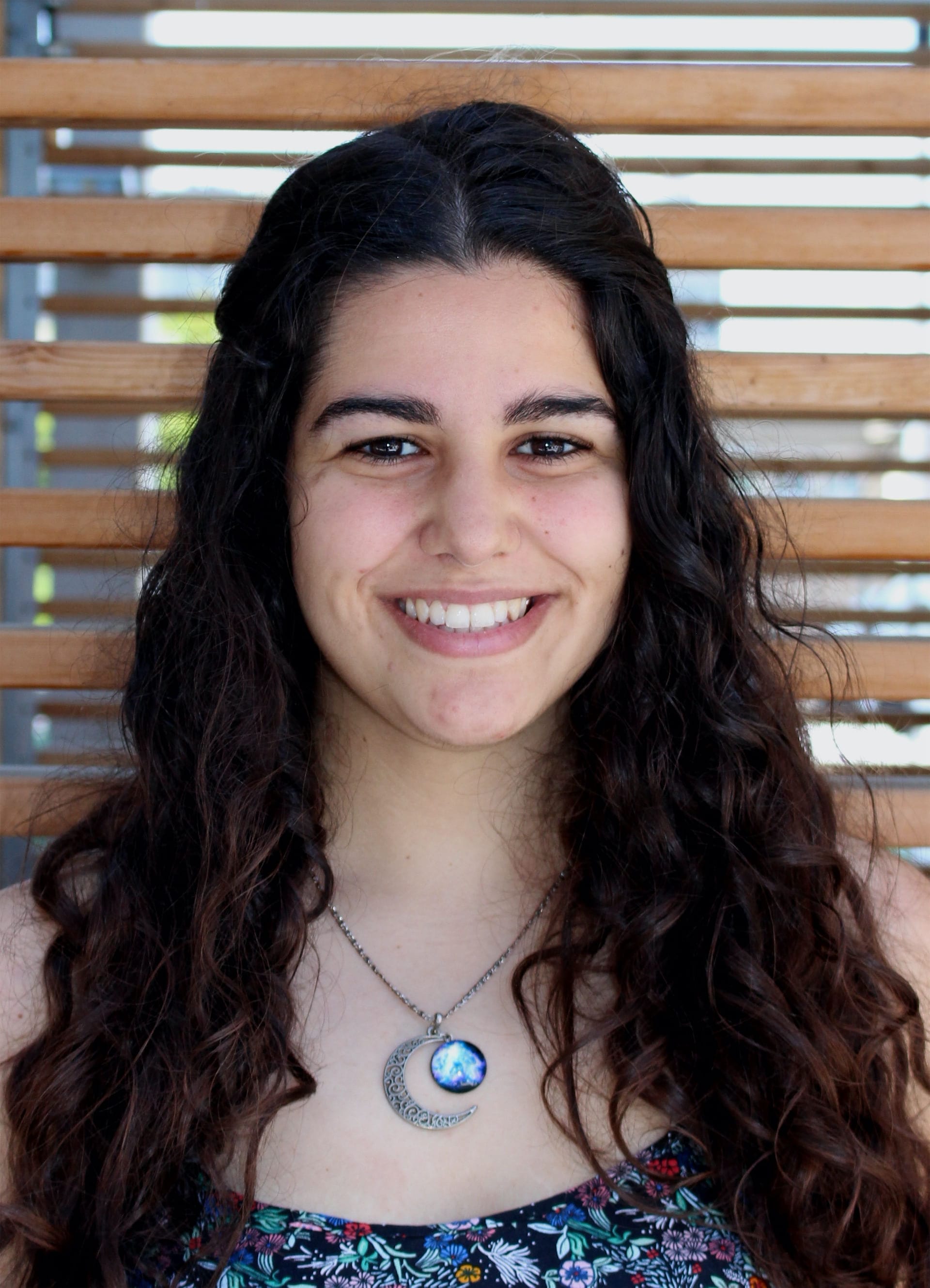Photodynamic Therapy and Diagnosis
Martin Kiening
Research interests
- Investigation of proteome modifications of cancer cells following 5-ALA administration.
- Use of a new protease-sensitive 5-ALA as a tool for fluorescence-guided surgery of breast cancer.
- Biological models: 2D / 3D / in vivo hen egg CAM.
Summary
Photodynamic therapy has been described for more than a century and its clinical practice dates back to the 80’s. This technique relies on the administration of a non-photoactive prodrug, such as aminolevulinate (5-ALA), that is metabolized and accumulates selectively in neoplastic cells as a photosensitive molecule (PpIX). Exposure to a determined light wavelength generates fluorescence emission or toxic reactive oxygen species allowing to respectively detect cancer cells or damage them, both in a vaery selective way.
We harness this prime light-sensitivity feature as a resection tool to help surgeons removing accurately cancer cells during the operation.
By investigating more deeply the mechanisms underlying this process, we expect to gain knowledge on cancers, as well as to find new ways to improve this therapy.
Furthermore, we are currently testing a new derivative of 5-ALA which is more stable and penetrates more easily in cells, in order to apply it to breast cancer resection.
Key image
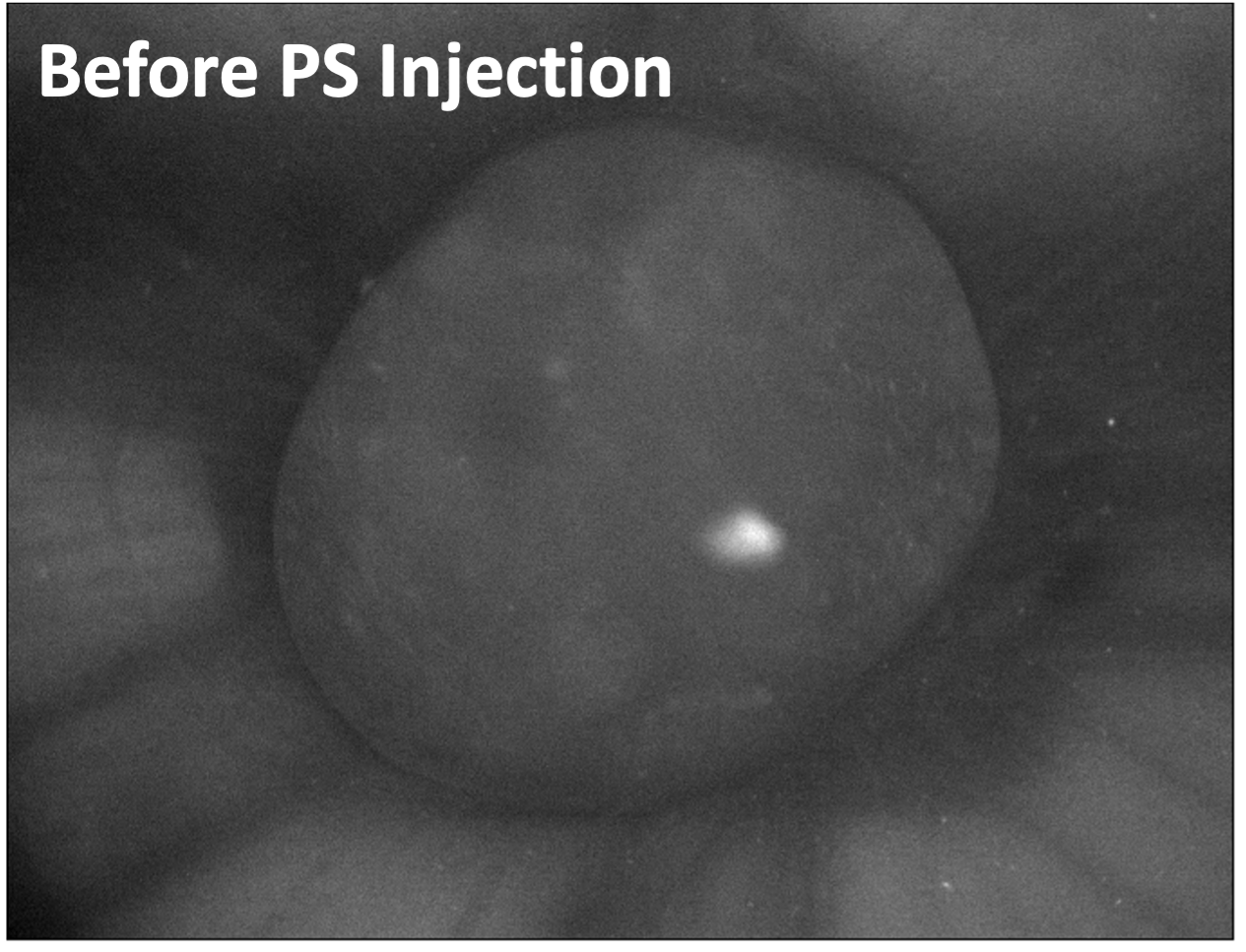
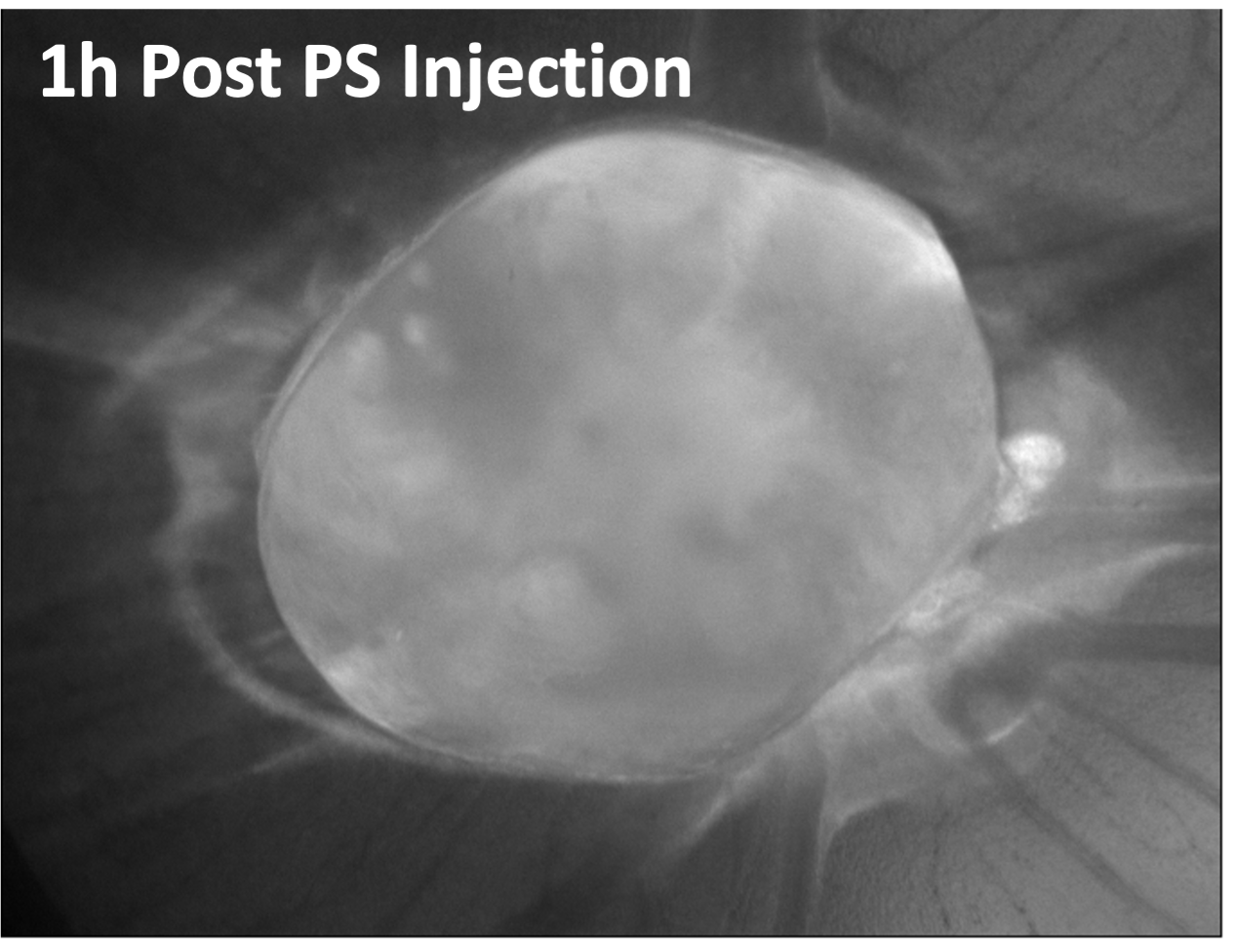
Souad Adriouach
Research interests
- Design of squalene-based nanoconstructs targeting mitochondria of cancer cells
- Inducing cancer cell death by photothermal therapy
Summary
Due to their specific targeting to tumour tissues, nanoparticles have emerged as suitable alternatives to overcome pharmacokinetic limitations associated with anti-cancer treatment. However, nanoparticle-based therapeutics have also strong limitations, which may compromise their further translation to the clinic.
To overcome those issues, a novel strategy has emerged using squalene, a lipid precursor, as a building block for the synthesis of lipid-drug conjugate. Squalene is a natural triterpene belonging to the terpenoid family and a precursor of cholesterol biosynthesis. Moreover, it has the property to self-assemble in water into nanoassemblies of 100-300 nm. This concept is called squalenoylation. It has been shown that squalene-based nanoparticles improve pharmacokinetics, decrease toxicity and improve the therapeutic index of associated drugs in vitro and in vivo.
Mitochondria play a key role in cancer; therefore, mitochondria-targeting nanoparticles have great potential in cancer therapy. We aim to produce squalene-based nanoconstructs accumulating in the mitochondria of cancer cells. This will improve the treatment efficacy due to high local retention of our nanoparticles and reduce toxicity.
Sara Sansaloni Pastor
Research interests
- Mass spectrometry.
- Understanding PPIX metabolism.
- Study 5-ALA derivative.
Summary
Photodynamic therapy (PDT) has been applied to treat different neoplastic and non-neoplastic diseases for more than 30 years. It is based on three different non-toxic factors: light-activated drug (photosensitizer), local irradiation and molecular oxygen. 5-aminolevulinic acid (5-ALA) is one of the most commonly used photosensitizers.
We are studying the molecular biological effect of 5-ALA administration into different cancer cells. Firstly, we will identify the most promising protein targets and then we will focus on the targets characterization to design novel therapeutic compounds. A better understanding of this pathway will potentially increase the PDT efficiency or even allow co-therapy development.
Key image
